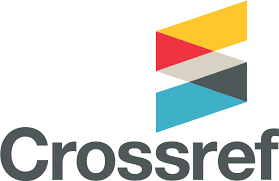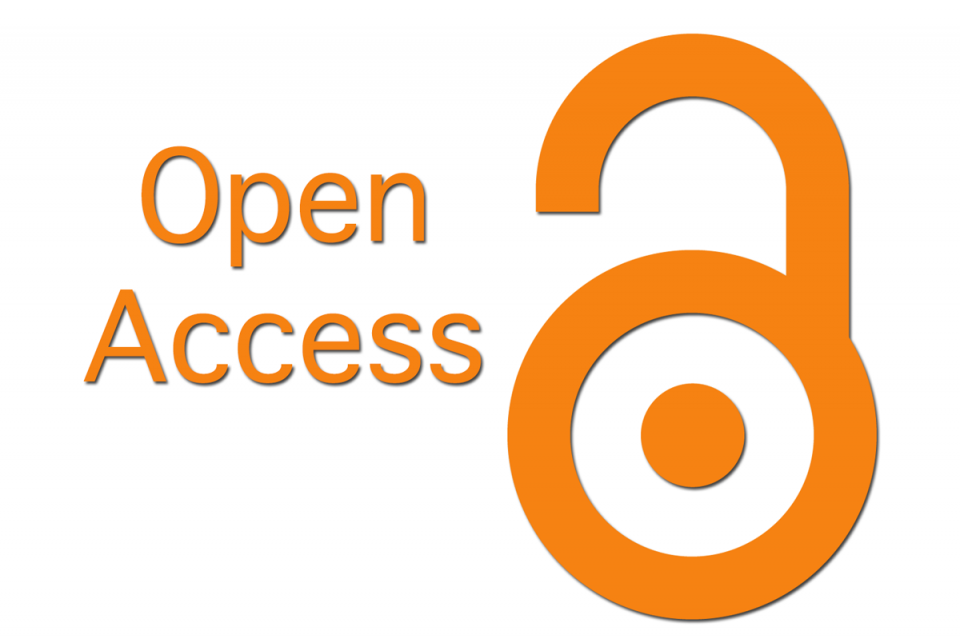Sociolinguistic and Normative-Stylistic Methods of Analysis of Legal Terms (on the Example of Uzbek and English Languages)
УДК 81'373.45+811.111, ББК 67.408.113
Abstract
The complex relationship between language and law is a focus of sociolinguistic research, particularly in the study of legal terminology in different linguistic communities. Traditional sociolinguistic and normative-stylistic methods of analyzing legal terminology in the context of the Uzbek and English languages play a significant role in understanding the complexity of legal discourse. This article explores the historical context, key figures, illustrative examples of Uzbek and English legal terms, influencers, perspectives and possible future developments in relation to this area of research. This study of language and law has become an area of growing interest for linguists, legal scholars and policymakers. The use of language in legal contexts is very concrete, precise and sometimes incomprehensible to the subject. Legal language is used as a way of expressing laws, regulations, rules and contracts, and its interpretation can determine the outcome of legal disputes, influence public policy and create social norms. Sociolinguistics, as it pertains to the legal context, encompasses not only the vocabulary used in legal frameworks, but also how cultural nuances shape these terminologies. Normative-stylistic analysis further enriches this study by highlighting the stylistic choices that influence clarity, persuasiveness, and authority in legal discourse. When we compare Uzbek and English legal terms, it becomes evident that cultural influences significantly affect the development of these lexicons. Methodological approaches to the analysis of legal language reveal both similarities and divergences between the two languages, and address the challenges inherent in translating complex legal concepts across language boundaries. The article reveals the need for a comprehensive study of the sociolinguistic and normative-stylistic method of analyzing and studying English and Uzbek legal terms in order to develop a common system of legislative language.
Downloads
Metrics
References
Dadaboyev Х. O’zbek terminologiyasi. Тoshkent, 2009.
Doniyorov R. Ba’zi o’zbek texnikaviy terminlar muommosi. Toshkent, 2001.
Kevelson R. Law as a system of signs. New York, 2008.
Madvaliev A. Uzbek terminology and lexicography issues. Tashkent, 2017.
Mellinkoff D. The language of the law. Eugene, 2004.
Mirakhmedova Z. Anatomy terminology of the Uzbek language and its regulatory problems. Tashkent, 2012.
Mooney A. Language and Law. London, 2004.
Muxtorov A. O’zbek adabiy tili tarixi. Toshkent, 1995.
Raxmatullayeva Sh. Zamonaviy O’zbek adabiy tili. Toshkent, 2006.
Rutledge A. Fundamentals of legal registration: court documents, contracts, legislative documents. CreateSpace Independent Publishing Platform, 2012.
Sarchevich S. Translation of culture-dependent terms in laws. England, 1985.
Solan L. Language of judges. London, 1993.
Tiersma P. Roots of law: sources of legal concepts, institutions and language. Chicago, 2003.
Usmonov S. O’zbek tili terminologiyasining ba’zi muommolari. Toshkent, 2015.
Богдановская И. Ю. Особенности формирования английского права: историко-теоретические аспекты / Общество и политика. - №3. - 2007.
Чиронова И. И. Теоретические основы анализа юридической терминологии / Современные гуманитарные исследования. - 2007. - № 6.
Copyright (c) 2025 Суннатулло Хужакулов

This work is licensed under a Creative Commons Attribution 4.0 International License.
The authors, which are published in this journal, agree to the following conditions:
1. Authors retain the copyright to the work and transfer to the journal the right of the first publication along with the work, at the same time licensing it under the terms of the Creative Commons Attribution License, which allows others to distribute this work with the obligatory indication of the authorship of this work and a link to the original publication in this journal .
2. The authors retain the right to enter into separate, additional contractual agreements for the non-exclusive distribution of the version of the work published by this journal (for example, to place it in the university depository or to publish it in a book), with reference to the original publication in this journal.
3. Authors are allowed to post their work on the Internet (for example, in a university repository or on their personal website) before and during the review process of this journal, as this may lead to a productive discussion, as well as more links to this published work (See The Effect of Open Access).










